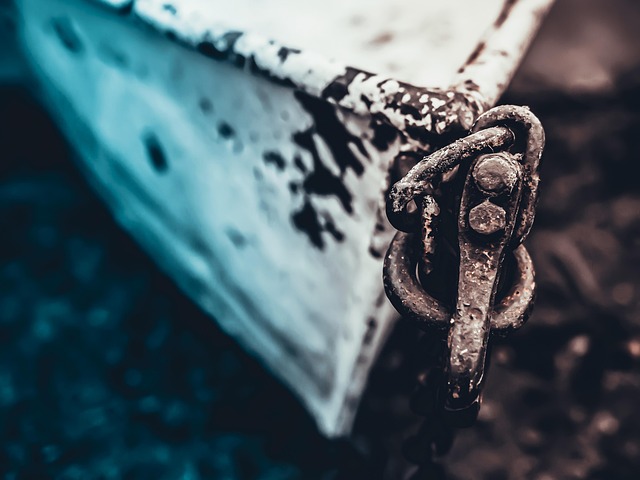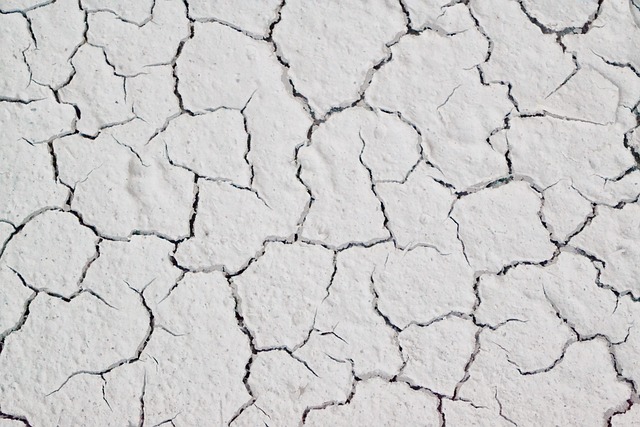Introduction: Acute Lung Injury and the Inflammatory Cascade
Acute lung injury (ALI) and its more severe form, acute respiratory distress syndrome (ARDS), are critical illnesses characterized by widespread inflammation and pulmonary edema. A key player in this inflammatory response is the neutrophil, a type of white blood cell that is among the first responders to infection and injury. While neutrophils are essential for host defense, their dysregulated activity can contribute to tissue damage and the progression of ALI.
Neutrophil Extracellular Traps (NETs): A Double-Edged Sword

Neutrophil extracellular traps (NETs) are web-like structures composed of DNA, histones, and antimicrobial proteins released by activated neutrophils. They function to trap and kill pathogens, preventing their dissemination. However, excessive or inappropriately formed NETs can exacerbate inflammation and contribute to the pathogenesis of ALI. The major components of NETs are: DNA, Histones, and antimicrobial proteins (e.g., myeloperoxidase, elastase).
Mechanisms of Altered NET Formation in ALI

Several factors can contribute to altered NET formation in ALI. These include: excessive activation of neutrophils by inflammatory mediators such as cytokines (e.g., TNF-α, IL-8), impaired degradation of NETs by DNase I, and oxidative stress. Increased levels of reactive oxygen species (ROS) can promote NET formation. The following formula illustrates the role of ROS in NET formation: `NETosis ∝ [ROS] * [Neutrophil Activation]`
# Example: Modeling NET formation rate
import numpy as np
def net_formation_rate(ros_concentration, neutrophil_activation):
# Define constants (example values)
k = 0.5 # Rate constant
# Calculate NET formation rate
rate = k * ros_concentration * neutrophil_activation
return rate
# Example usage:
ros = 2.0 # Example ROS concentration
activation = 1.5 # Example neutrophil activation level
net_rate = net_formation_rate(ros, activation)
print(f"NET Formation Rate: {net_rate}")The Deleterious Effects of Aberrant NET Formation on Lung Tissue

Excessive NET formation in the lungs can lead to significant tissue damage. NETs can directly damage alveolar epithelial cells and endothelial cells, contributing to increased permeability and pulmonary edema. Furthermore, NETs can activate the coagulation cascade, leading to microthrombosis and impaired gas exchange. The proteases found in NETs such as elastase degrade extracellular matrix proteins contributing to lung damage. Increased NETs are found in bronchoalveolar lavage fluid of ALI/ARDS patients.
Therapeutic Strategies Targeting NETs in ALI
Targeting NET formation or promoting NET degradation represents a potential therapeutic strategy for ALI. Approaches include inhibiting neutrophil activation, scavenging ROS, administering DNase I to degrade NETs, and blocking the interaction of NET components with lung cells. For instance, DNase I has shown promise in preclinical studies by degrading NETs and reducing lung injury.
- DNase I administration
- Inhibition of neutrophil activation
- ROS scavengers
- Blocking NET component interaction with lung cells
Conclusion: Future Directions in NET Research and ALI Treatment
Further research is needed to fully elucidate the complex role of NETs in ALI and to develop targeted therapies that can effectively modulate NET formation without compromising host defense. Understanding the precise mechanisms regulating NETosis and the interactions of NET components with lung cells will pave the way for novel therapeutic interventions to improve outcomes in patients with ALI.
